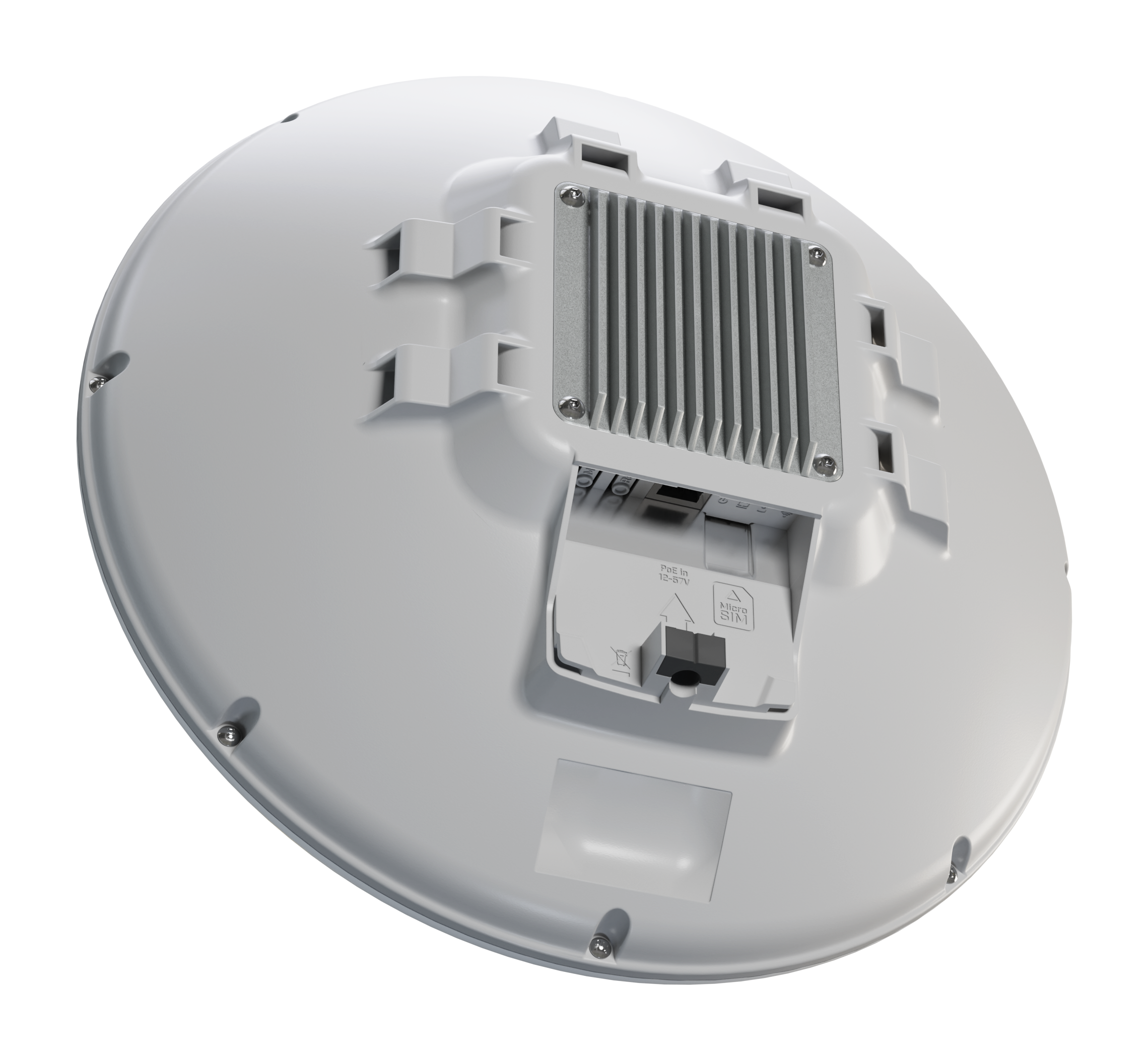I wish to install a small LTE antenna/router (https://mikrotik.com/product/atl18) in my attic to get a more stable signal. The device requires power via POE which will be fed from a 12v injector in the house. I was planning to mount the device via a small adjustable pole mount to the boarded attic.
The device has a small ground/earth terminal which they state needs to be connected, but would this be required when installing in the attic and not outside on a pole? If so, what would be a suitable grounding point to look for?
The device has a small ground/earth terminal which they state needs to be connected, but would this be required when installing in the attic and not outside on a pole? If so, what would be a suitable grounding point to look for?


